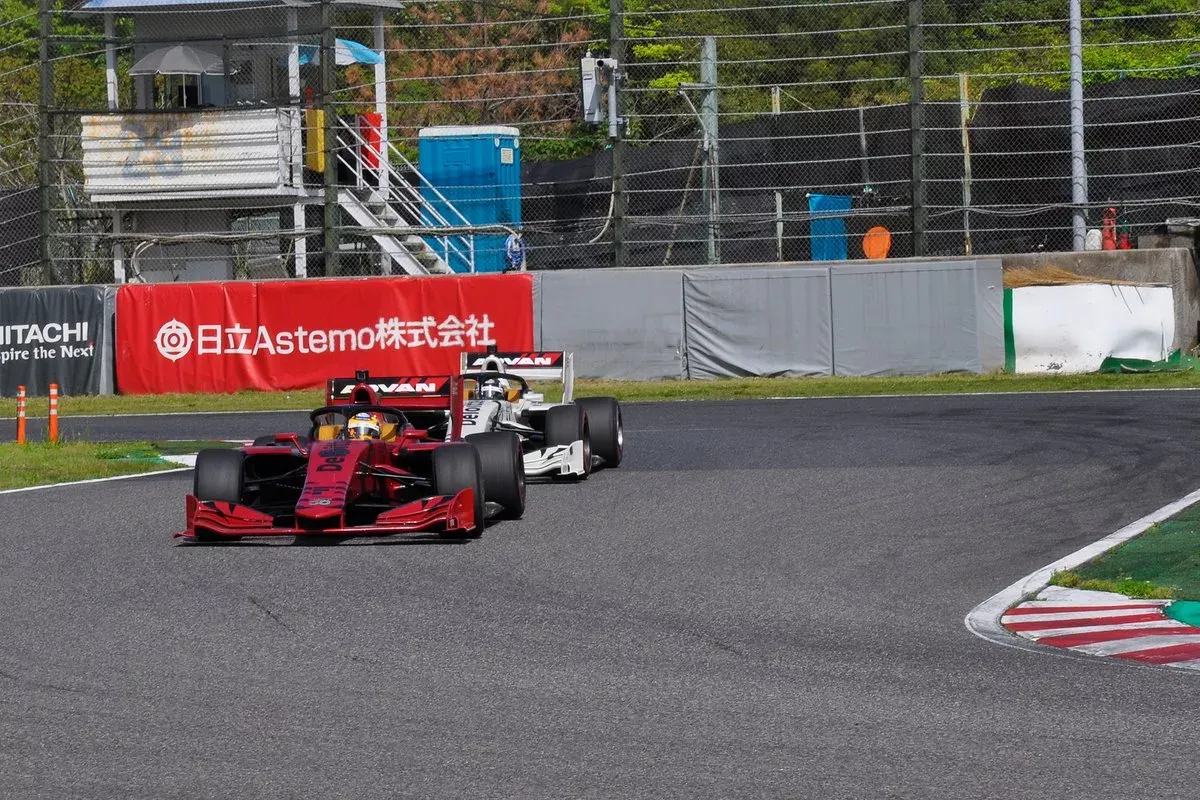Super Formula News
Super Formula has invested a lot of resource in the transition towards carbon neutrality for 2023 with its extensive next-gen test programme. But the Japanese series isn’t just considering its own short-term interests with its efforts.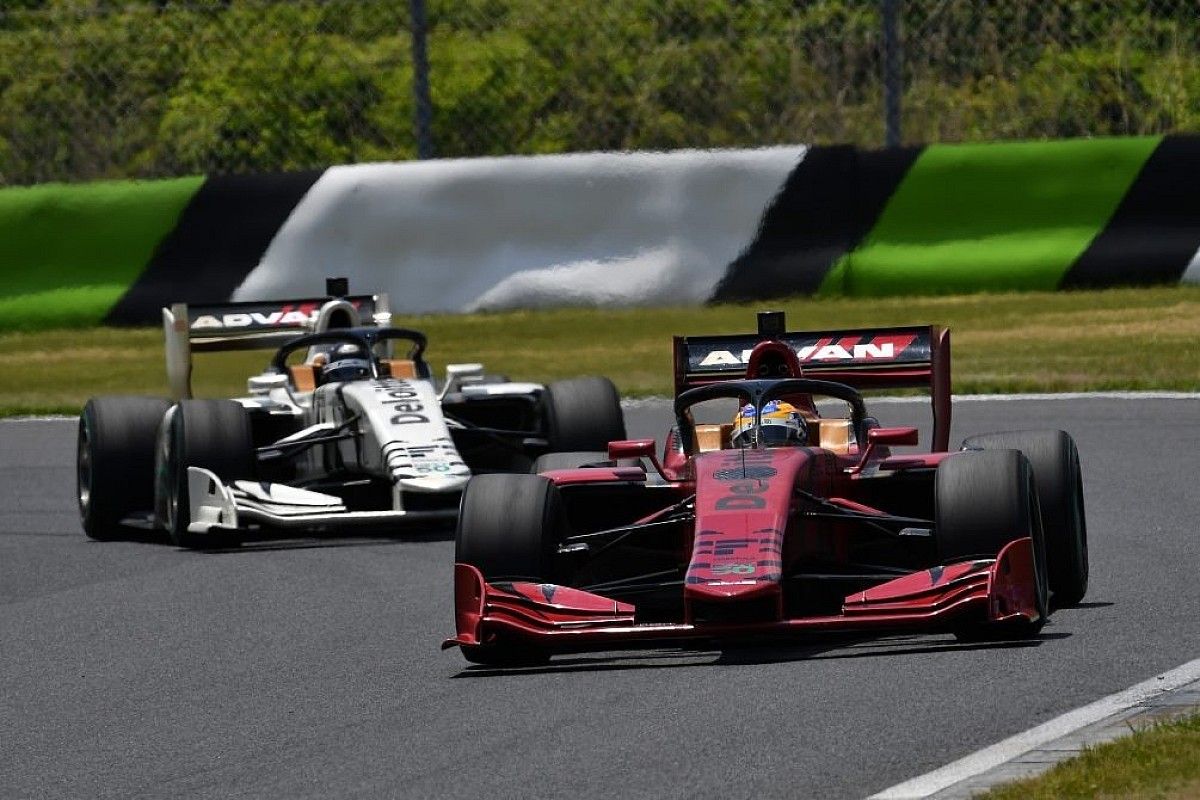
While motorsport series all around the world have been taking steps to enhance their ‘green’ credentials in recent years, Japan has been very much at the forefront of this trend.
In SUPER GT, biomass-derived 100 percent carbon neutral fuel will be implemented next season for all cars, to be supplied by German firm Haltermann Carless as part of a three-year agreement.
Japan’s second-tier sportscar series Super Taikyu, which hosts its blue riband Fuji 24 Hours this weekend, has become something of a laboratory for manufacturers wishing to experiment with unproven technologies, with Toyota’s hydrogen-powered car now in its second year of competition – and joined this year by entries from both Subaru and Mazda using different biofuel solutions.
But it’s perhaps Super Formula which is blazing the biggest trail of all with its rigorous efforts to implement not only next-gen fuel but also more environmentally friendly tyres and hemp fibre bodywork for use with an upgraded SF19 challenger the coming seasons.
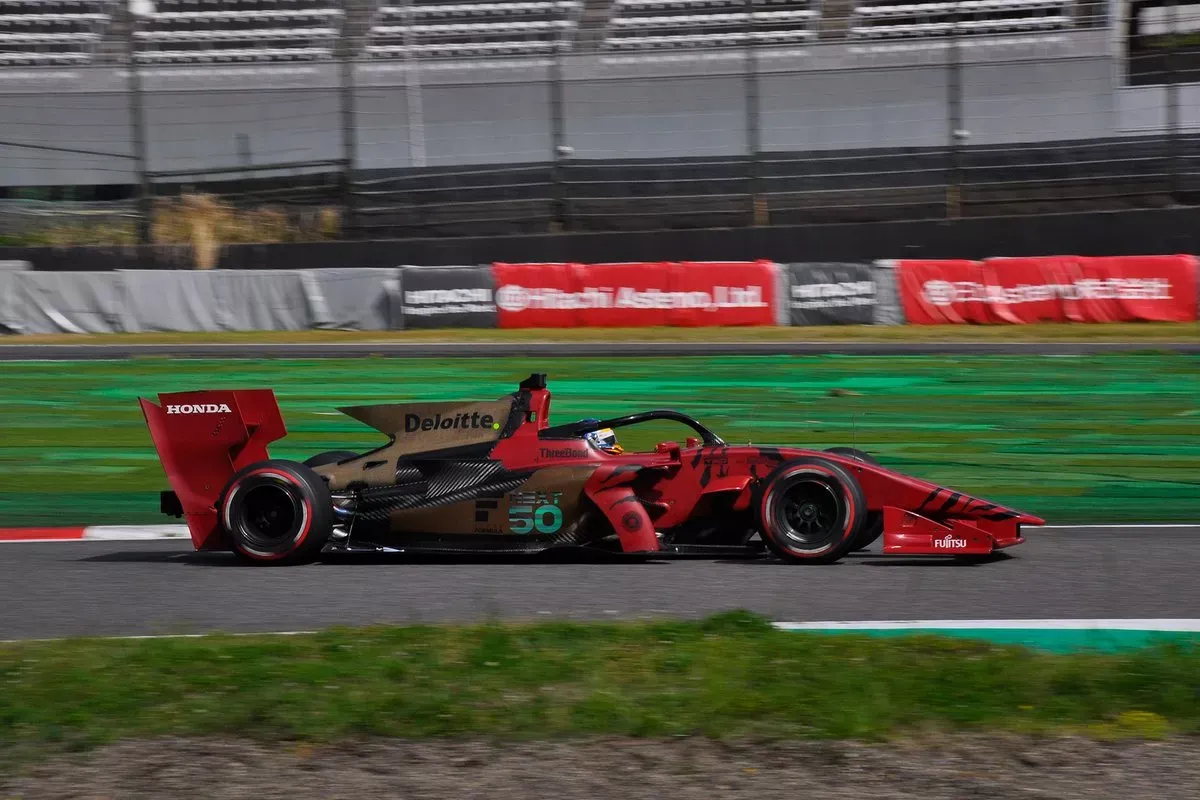
Helming the project is Yoji Nagai, a long-time Toyota man with experience of working on engines in Group C, CART and Formula 1. In 2006 he began working on TRD’s Super Formula (then Formula Nippon) programme, his time in the series spanning the transition from the old V8 engine formula to the current two-litre, inline four era that began in 2014.
Super Formula has already stated that two innovations it has been testing are likely to be introduced as early as next season: new Yokohama tyres made partially from sustainable materials and a type of ‘hybrid’ bodywork made from a mix of traditional carbon fibre and hemp fibre supplied by Swiss firm Bcomp.
The trickiest part of the equation is the fuel, which right now has to be supplied in large quantities from abroad. SUPER GT, for reference, has stated it will need 300,000 litres of the Haltermann Carless product to get through the 2023 season, something that doesn’t come cheap.
Super Formula has so far been focused on testing different types of biofuel, albeit without naming the suppliers in question, in its three tests so far, conducted around the time of each race weekend so far this season at Fuji Speedway, Suzuka and Autopolis.
But Nagai says the emphasis is on finding the best long-term solution instead of just rushing into an agreement with a supplier for the sake of it.
“We can’t say the maker, but the one we tried this time was the same as in Suzuka,” says Nagai, speaking after the SF19 dev cars’ third test outing at Autopolis last month. “At Fuji it was a different one, let’s call it ‘A-spec’, and here and Suzuka we used ‘B-spec’.
“Both of the fuels we tested so far are biomass-based solutions. In the future we want to try a real ‘e-fuel’ [synthetic fuel], that’s one of our goals. But this will take some time. There’s no pressure to decide a fuel for next year."
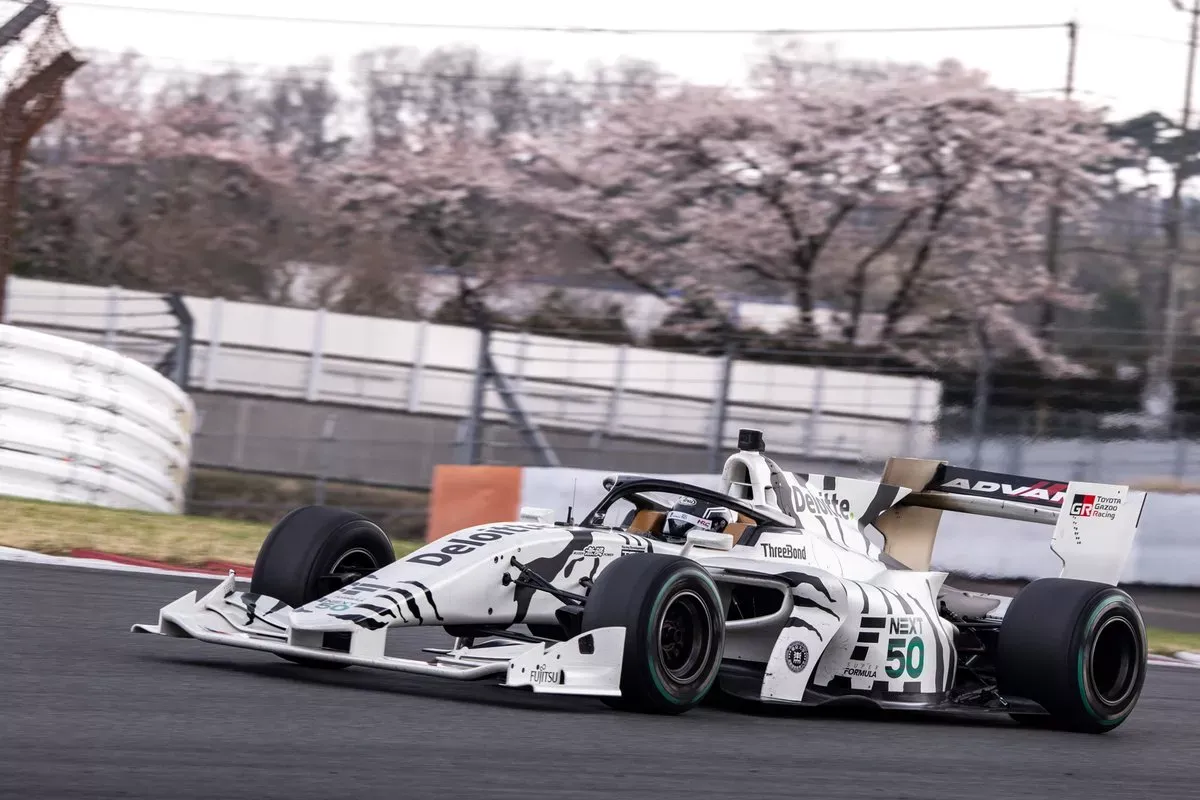
Nagai is keen to expand on that last point. As he explains, the objective is not just to find a fuel that works for racing, but one that has the potential to replace traditional gasoline as many countries prepare to phase out petrol-driven vehicles at the end of the decade.
We don’t want to develop a fuel exclusively for racing, but for general use," he says. “It takes time to develop something like this. We could do something quickly if it was just for racing, but our goal is to develop a fuel that can be used everywhere, that’s our main goal.
“The tyres are being developed very quickly and they could be put into regular production soon. The ‘hybrid’ bodywork is the same. They can be brought to market quickly. But the fuel is the most difficult part. We plan to take our time to develop a new fuel.”
Why, we ask, is Super Formula ploughing its own furrow on fuel when SUPER GT has already gone ahead with an agreement with a particular supplier, and the two championships (at least if you consider just the latter’s GT500 class) utilise very similar engine technology?
“If we just do the same thing as them, it’s a wasted opportunity,” comes the reply. “We want to work more on research and development, and experiment with new solutions, while they make a start with what exists at the moment.
“It will be very interesting for the public too to see the different approaches. We are both aiming for the same goal long-term, but we are playing different roles.”

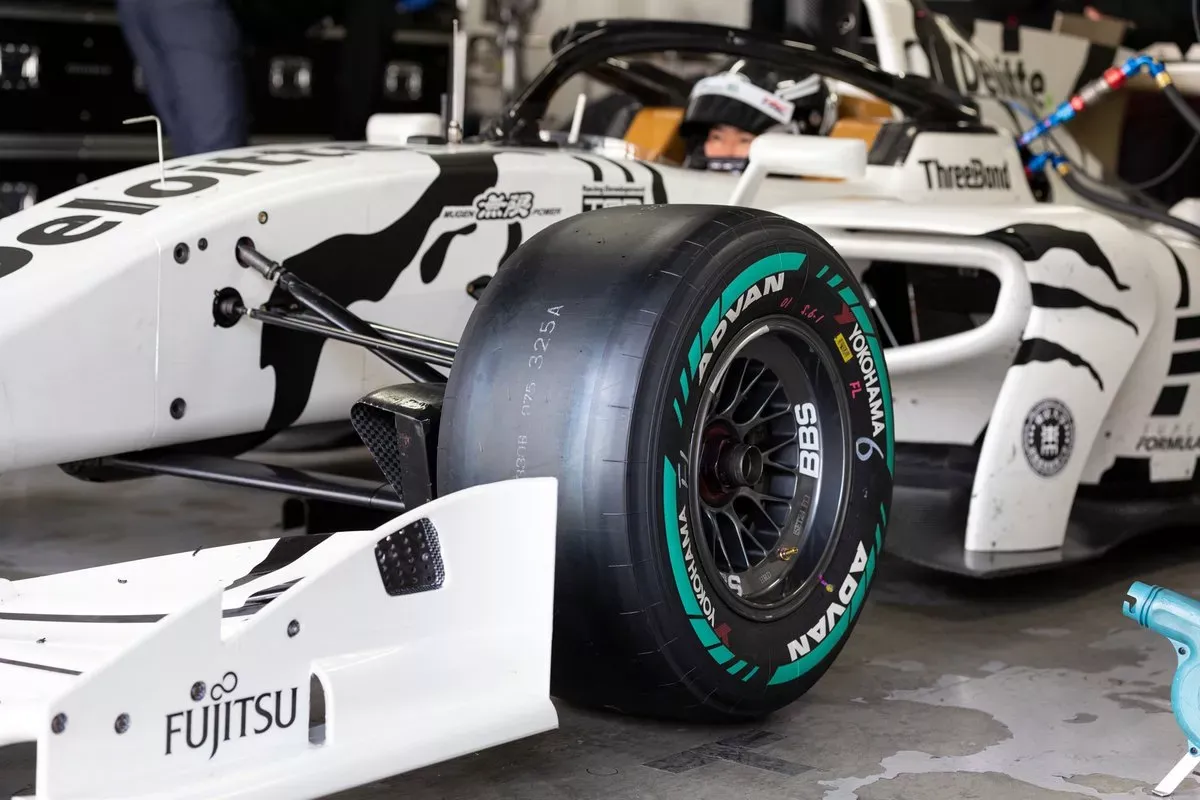
So far, so altruistic. But Nagai, who has worked with screaming V10 and V8s in his time as well as the super-efficient four-cylinder engines that rule the roost in top-level Japanese motorsport at the moment, also admits to something of an ulterior motive when it comes to finding the right next-gen fuel.
As well as carbon neutrality, Super Formula’s next-gen tests are also aimed at improving entertainment. Principally this means altering downforce levels, with a reduction of just over 10 percent now decided upon after the most recent test at Autopolis. But it also means trying to improve another important part of the spectator experience: engine sound.
For the next run-out for the SF19 test cars at Sugo this month, the Toyota-powered machine – Hiroaki Ishiura's ‘Akatora’ (red tiger in Japanese) – will be fitted with a specially modified exhaust system that is designed to replicate the much more pleasing roar of a V8 engine.
Nagai says that this could be the first step towards bringing back larger-displacement engines which have been phased out in most motorsport categories worldwide in the name of fuel economy. In other words, if Super Formula can find a truly carbon-neutral solution for fuel, then it doesn’t especially matter how much of it is burnt in the name of the show.
“I’m not exaggerating when I say that if we achieve carbon neutrality, motorsport will have a lot of different options [for engine configurations],” he beams. “Recently, everyone has been focused on ‘downsizing’ to help create environmentally-friendly engines, but once we have carbon-neutral fuel, we have the opportunity to go back to normally-aspirated V8 or V10 engines.
“The window for engines which has been getting smaller and smaller is suddenly going to get much wider. We can again enjoy the amazing sounds of the V8s and V10s. We want to consider both carbon neutrality and the entertainment factor. We are taking it as a whole package."
The sound-enhancing technology that will be trialled at Sugo is not on the agenda for the 2023 car, and Nagai even admits it may have to wait until the next completely new chassis is introduced, potentially in 2026.
But it could provide a tantalising taste of what’s to come not just in Japanese motorsport but across the world – and give Super Formula that extra incentive to go all-in on its quest to develop its fuel of the future.
